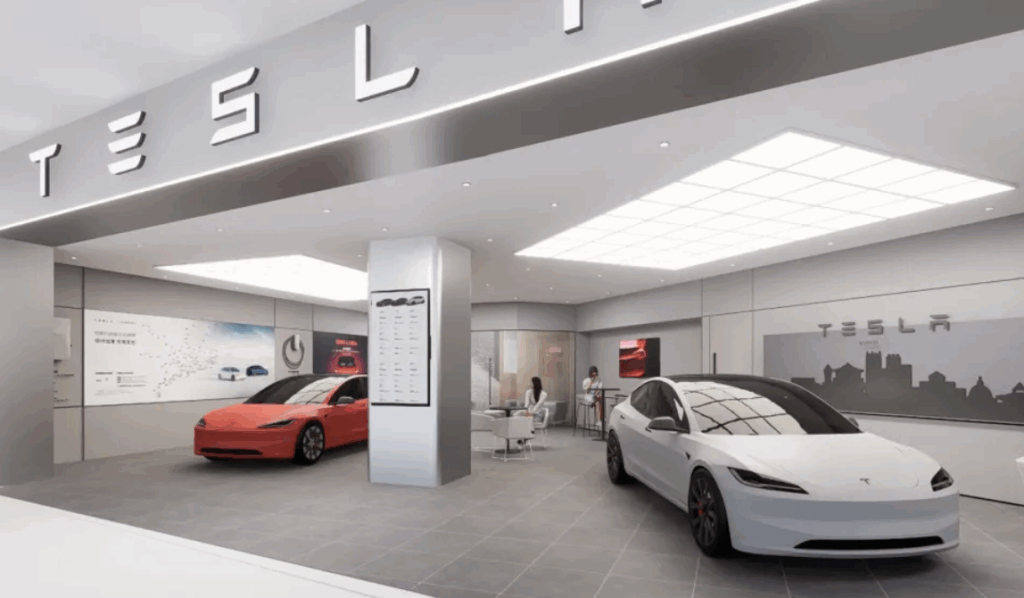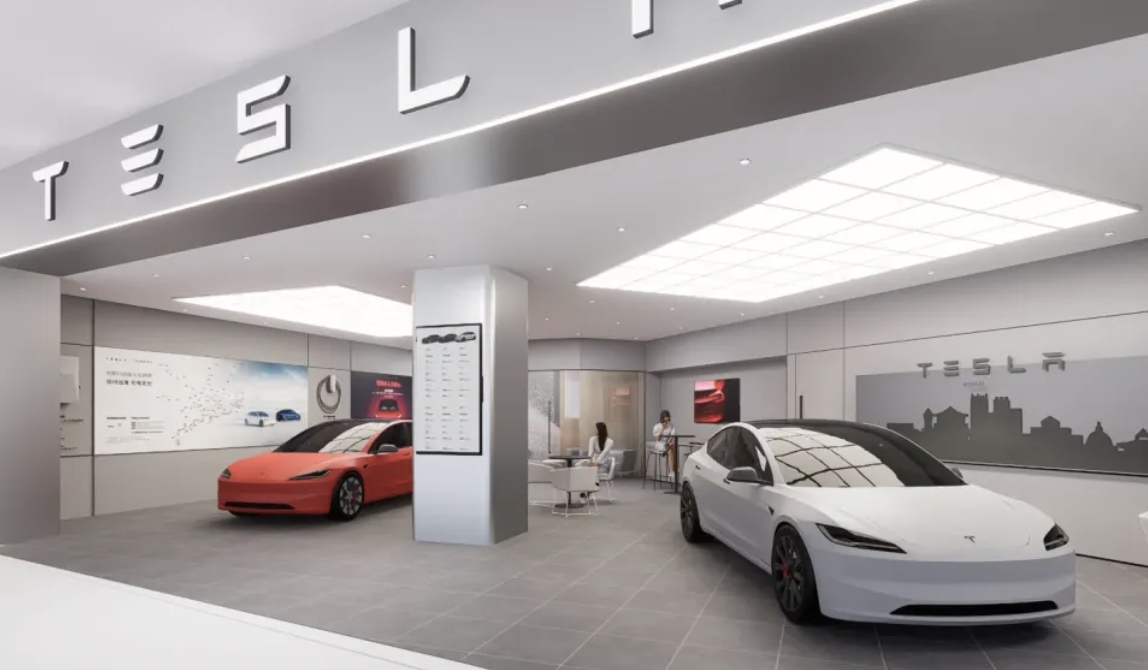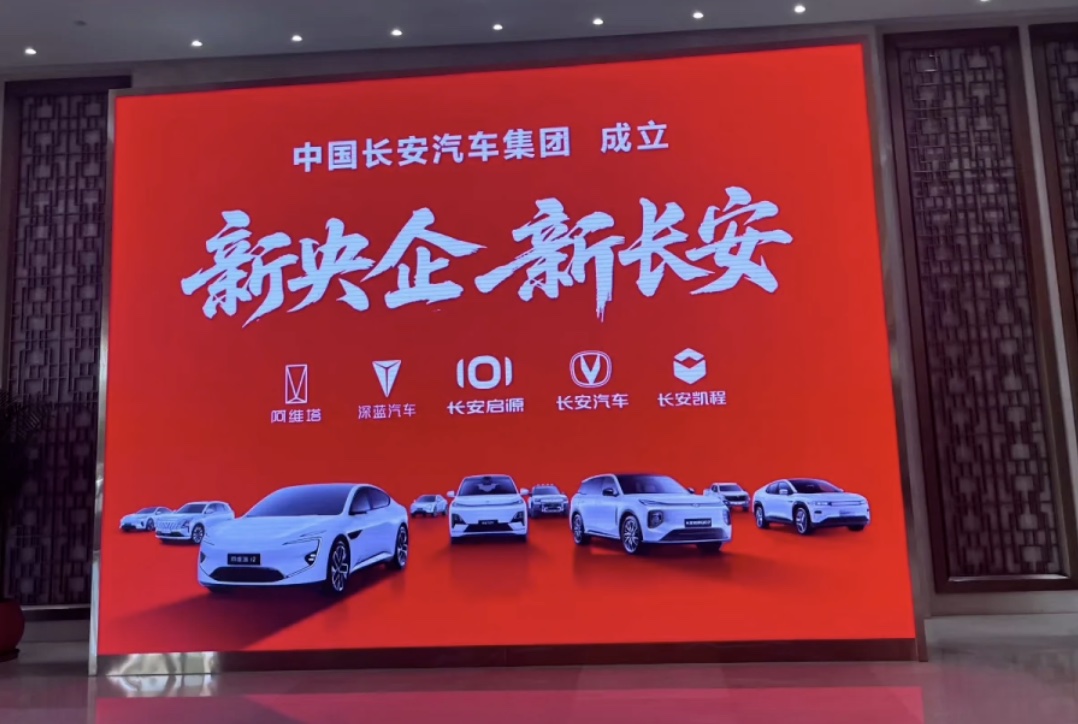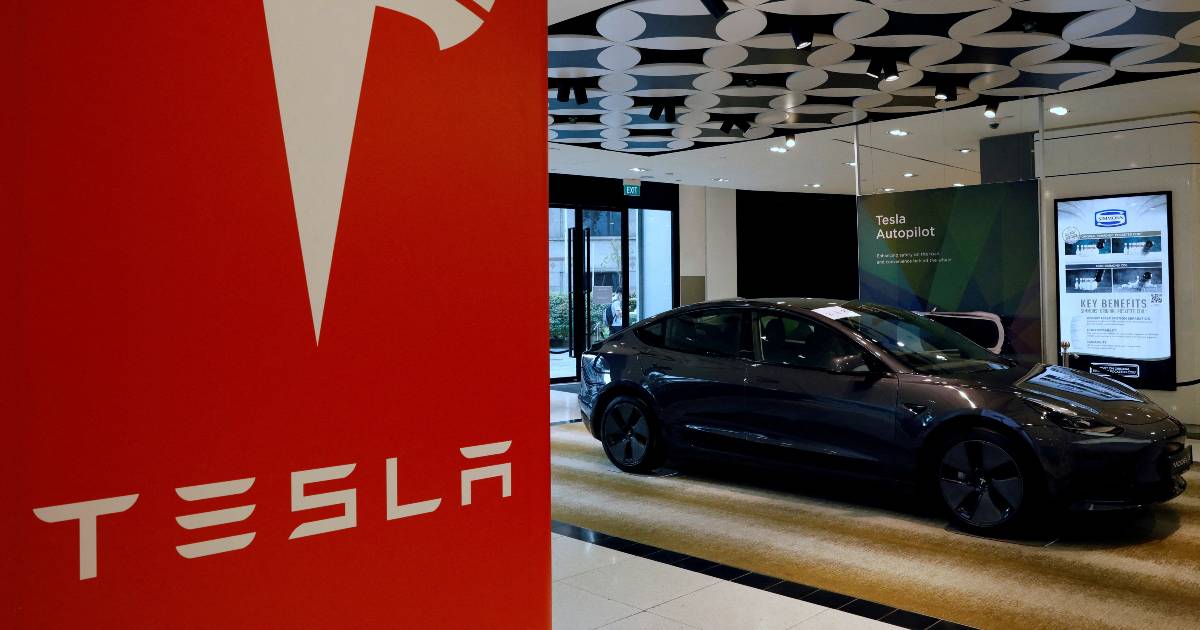On July 2, Tesla released its delivery data for the second quarter of this year. According to the data, Tesla delivered 384,122 vehicles in the second quarter, a decrease of approximately 13.5% compared to the same period last year. Of these, the Model 3/Y accounted for 373,728 units, while the combined delivery of the other models, including the Model S sedan, Model X, and Cybertruck, totaled 10,394 units. It’s worth noting that not only did Tesla experience a year-on-year decline in Q2 sales, but the company’s delivery volume in Q1 was also less than ideal, with a global delivery of 336,700 units, a 13% year-on-year decrease.

Tesla’s global sales decline this year is partly related to Elon Musk’s political stance, changes in subsidy policies, and the slow pace of product updates amidst increasing market competition.
Tesla CEO Elon Musk became involved in politics last year, joining the Trump administration and serving as the head of the Government Efficiency Department. After Musk entered politics, Tesla faced boycotts across markets in the U.S. and Europe. Since January of this year, the FBI has reported that at least nine states in the U.S. have witnessed incidents of Tesla vehicles, charging stations, and stores being vandalized, set on fire, or shot at. For example, in Loveland, Colorado, multiple stores have been frequently attacked and vandalized since February. On March 24, multiple Tesla sales areas in various states experienced vehicles being set on fire. In addition to the U.S. market, Tesla has also faced protests and destruction of stores in several European markets. Since April, cities like Rome, Berlin, and Stockholm have witnessed several incidents of vehicles being burned and showrooms being sprayed with paint.
These incidents have impacted Tesla’s sales in both the U.S. and European markets. According to the data, Tesla’s sales in the U.S. for Q1 of this year were 128,100 units, an 8.6% decrease from the same period last year. In the EU, Tesla’s new car registrations in Q1 were about 36,000, a drop of nearly half compared to 66,000 during the same period last year. In March, Tesla sales in the Netherlands were 1,546 units, down 55.3% year-on-year. In France, Tesla’s sales in March fell 37%, and in Sweden, March sales dropped 64% year-on-year.
Another reason for the sales decline is the delayed model updates within Tesla. For example, after the Model Y was launched in 2019, it took 6 years before Tesla released an updated version of the Model Y in January this year, which caused the company to lose some market share. China, as one of Tesla’s key markets, has seen an increasing rise in new energy vehicle startups, many of which have launched competitive products aimed at directly competing with Tesla’s Model 3 and Model Y.
On July 26, Xiaomi Auto’s second model, the Xiaomi YU, will be launched. The new SUV is positioned to compete with the Model Y, priced between ¥253,500 and ¥329,900, which is lower than the Model Y’s price. After its launch, the new vehicle received strong market interest. Data shows that within 18 hours of its release, over 240,000 orders were locked in. This impressive figure positions the Xiaomi YU as a strong competitor to the Model Y.
To boost sales, Tesla China upgraded its long-range versions of the Model 3 and Model Y at the beginning of this month. Additionally, Tesla announced a series of limited-time benefits for customers who order the Model 3 or Model Y before the end of this month, including an 8,000 RMB insurance subsidy, 5 years of zero-interest financing, an 8,000 RMB paint upgrade gift, and exclusive charging benefits. It remains to be seen whether these adjustments in the Chinese market will lead to a sales boost, and time will tell.
As for improving overseas market sales, Elon Musk’s political stance could be a significant factor. During Tesla’s Q1 2025 earnings call, Musk stated that he would significantly reduce his time in the Government Efficiency Department and focus more on Tesla’s business. According to official plans, Tesla is expected to launch low-cost models this year to further expand its market coverage. These vehicles will be produced on the same production lines as the current models, which will increase production output. The goal is to increase vehicle production by more than 60% compared to last year before investing in new production lines. With more than half of the year gone, there has been little news about the progress of Tesla’s low-cost models. Given the intense competition in the domestic market, Tesla’s low-cost models may be key to regaining its sales peak.



